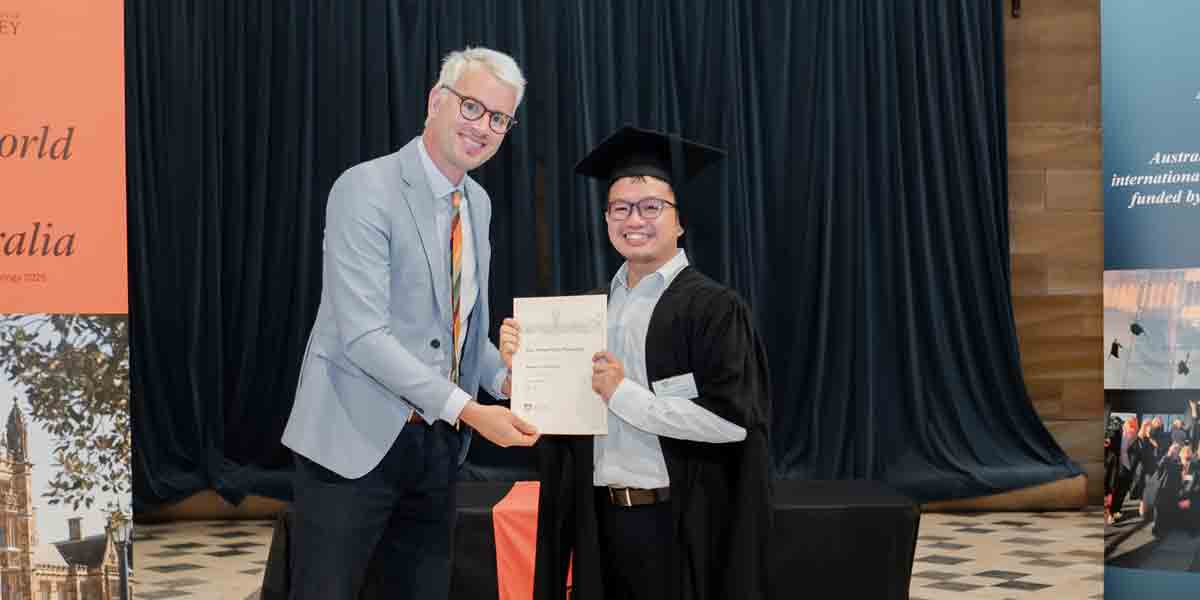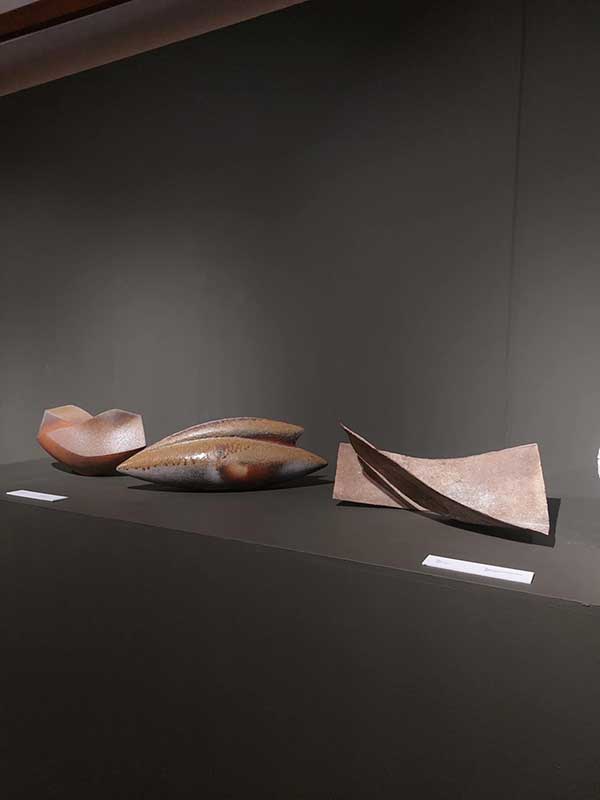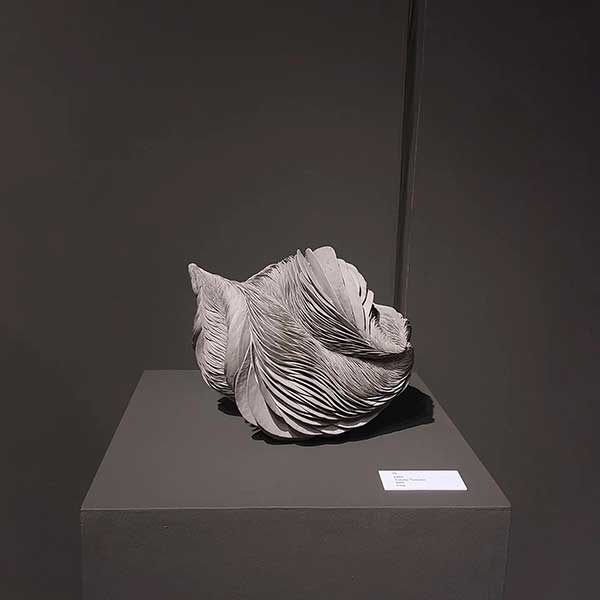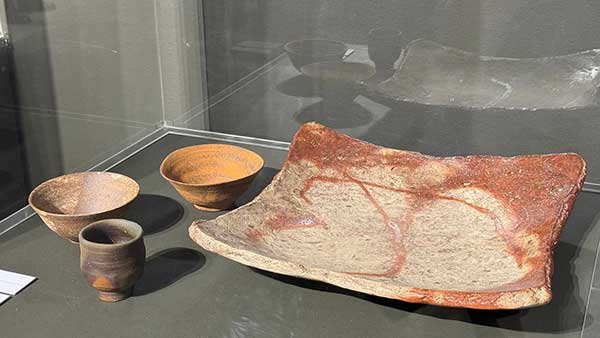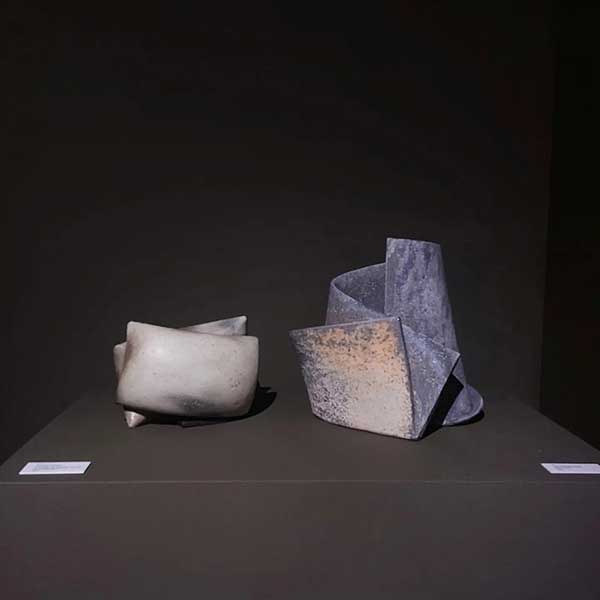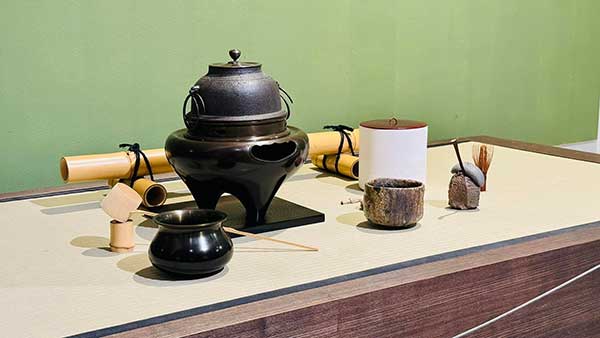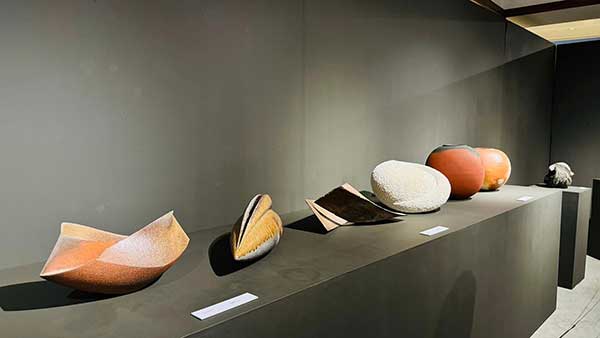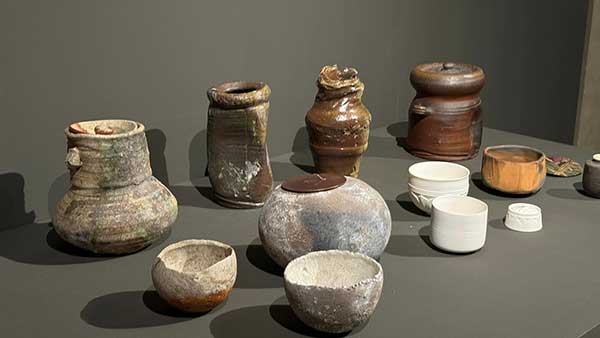By John Anthony S. Estolloso
IN HER study on symbolism in art and ritual, American philosopher and educator Susanne K. Langer audaciously asks: What distinguishes a work of art from a “mere” artifact?
Writing for The New York Times, art critic David L. Shirey attempts to answer the question in a 1981 review of a Turkmen carpet exhibit. According to him, ‘the simplest, yet most appropriate, distinction would be that an artifact is primarily the product of craftsmanship and skill, while a work of art is invested with an emotional, philosophical, spiritual or esthetic quality that reaches beyond.’ A very Western demarcation – but would this apply to oriental ceramicware?
Last August 16, the Iloilo Museum of Contemporary Art (ILOMOCA) opened the exhibit of yakisihime ceramics, displaying a varied selection of pieces that included historical tableware, porcelain, and stylized creations, all created with the same traditional techniques used in Japanese ceramicware.
The term yakishime refers to unglazed, high-fired wares used in serving food and drink. While Japanese culture usually associates the use of this ceramicware as utensils for the traditional tea ceremony (茶道, sadō) or as tableware utilized for daily meals, the craft has evolved to produce stylized objets d’art, which function more in a decorative or aesthetic capacity.
Seen through a Western aesthetic lens, one does not generally approach artifacts with exactly the same understandings as art, representational or abstracted it may be. Still, these share a common niche as historical representatives of their times. Sensibly utilitarian or aesthetically ornamental, they encapsulate a modicum of contemporaneity that is revealing of the spirit of their times.
As tea wares, yakishime identifies itself with the ceremonial aspect of this revered Japanese tradition. Incorporating the aesthetics of austerity and rusticity (侘び寂び, wabi-sabi), the creation of the pottery exudes these characteristics: at a glance, a homely, rough quality lends itself to the traditional earthenware, the patina of which are forcibly smoothened by the firing process. Modern iterations have more refined opaque surfaces, sometimes even coated with marbled accents that faintly resemble art nouveau vases. Regardless of these variations, all pieces remain unglazed, letting out the natural patina in the crafting: coarse or gossamer in quality, the ceramic pieces embed themselves into the dignity that the brewing of tea leaves requires.
Associations of yakishime with Japanese traditional cuisine (和食, washoku) emphasize the practicality of the craft, even as it highlights its cultural significance. Without losing touch of its decorative aspect, the simple geometries of bowls and plates embellish the culinary experience in the partaking of a Japanese meal. As what is served on the dining table must emphasize ‘the sense of the beauty of nature and of the changing of the seasons’, so must the implements used by the diner likewise mirror these sensibilities.
In recent years, pieces of yakishime as sculptural works or objets d’art have also entered the niche of its craftsmanship. Deviating from its purely utilitarian purposes, it has permeated the realm of the nonrepresentational and the abstract, installing the technique as a relatively avant-garde newcomer in sculpture and installation art. Albeit its adherence to traditional glazing, these new creations are exquisite pieces, showcasing subtle contrasts of geometric edges and curved surfaces even as these gleam with smoky, marbled patterns or fragile, paper-thin patinas.
* * * * *
Coordinated by local artist Kristoffer Brasileño, the exhibit gave Ilonggo audiences a glimpse of the ephemeral yet enduring nature of Japanese craftsmanship: something so pragmatically mundane elevated to the stature of high art. At the vernissage, noted Ilonggo sculptor Alan Cabalfin guided the audience to a walk-through of the display, elaborating on the finer aspects of the process, refinement, utilization, and ornamental nature of the ceramicware.
Simple or ornate, yakishime is representative of the Oriental worldview of aesthetics, consistent with the ephemerality of the haiku, origami, ikebana, and kenchiku: delicate, transitory, pliant to circumstance, and deeply philosophical in its making – everything that the fixed and monumental structures of Western art seem to avoid. With that observation, we concur that the exhibit is aptly entitled ‘Earth Metamorphosis.’ One can easily find shared familiar, quotidian nuances: the implements of daily sustenance and traditional drink might just blur the lines between art and artifact.
(The writer is the subject area coordinator for Social Studies in one of the private schools of the city. The photos are from Ann Margarette Batagelj and trndy.ph.)
References:
The Japan Foundation (2016). Yakisihime – Earth Metamorphosis. [Exhibition catalogue] The Japan Foundation
Langer, S.K. (1942). Philosophy in a new key: A study in the symbolism of reason, rite, and art. Harvard University Press
Shirey, D.L. (1981, February 15). Art vs. artifacts in Montclair. The New York Times, 11:28.















